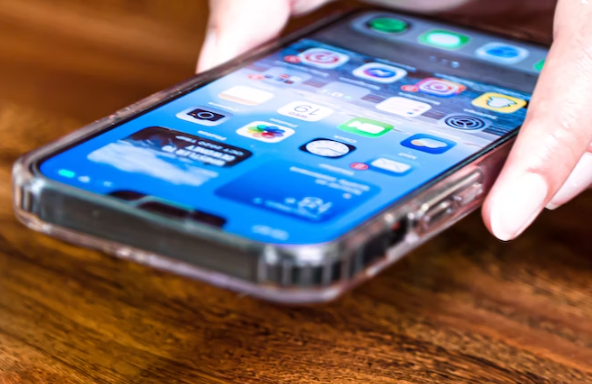
The screen is one of the most crucial components of a smartphone. It's the primary way we interact with our phones, and it's the window to the digital world. Over the years, smartphone screens have evolved from small, monochrome displays to large, high-resolution touchscreens that can display millions of colors.
In this article, we will take a closer look at smartphone screens, their evolution, and the different types of screens available in the market.
Evolution of Smartphone Screens
The first mobile phones had small, monochrome screens that could display only a few lines of text. As technology advanced, screens became larger and more colorful. In the early 2000s, color screens became a standard feature on most mobile phones. However, these screens were still small, and their resolution was low.
The first touchscreen smartphone, the IBM Simon, was introduced in 1993. However, it was not until the launch of the iPhone in 2007 that touchscreens became mainstream. The iPhone's 3.5-inch display was considered large at the time, and its resolution of 320 x 480 pixels was impressive.
Since then, smartphone screens have continued to grow in size and resolution. The current trend is for smartphones to have screens that cover almost the entire front of the device, with minimal bezels. The screens are also getting taller, with an aspect ratio of 18:9 or 19:9 becoming the norm.
Types of Smartphone Screens
There are two main types of smartphone screens: LCD and OLED.
LCD (Liquid Crystal Display) screens work by using a backlight to illuminate a layer of liquid crystals. When an electric current is passed through the crystals, they change shape and allow light to pass through. LCD screens are less expensive than OLED screens, but they are also less power-efficient and have a lower contrast ratio.
OLED (Organic Light-Emitting Diode) screens, on the other hand, do not require a backlight. Instead, each pixel emits its light, which allows for deeper blacks and higher contrast ratios. OLED screens are also more power-efficient than LCD screens.
In recent years, there has been an increase in the number of smartphones with OLED screens. Samsung has been a leader in this field, using its Super AMOLED technology in its Galaxy smartphones. Apple also uses OLED screens in its iPhone X, XS, and 11 Pro models.
Screen Resolution and PPI
The resolution of a smartphone screen refers to the number of pixels that it can display horizontally and vertically. The higher the resolution, the sharper and more detailed the image will be. The most common resolutions are HD (1280 x 720 pixels), Full HD (1920 x 1080 pixels), and Quad HD (2560 x 1440 pixels).
The PPI (Pixels Per Inch) is a measure of the screen's pixel density. The higher the PPI, the sharper and more detailed the image will be. Most high-end smartphones today have a PPI of over 400.
Conclusion
Smartphone screens have come a long way since the days of monochrome displays. They are now larger, more colorful, and more detailed than ever before. OLED screens have become increasingly popular, thanks to their deep blacks and high contrast ratios. As technology continues to advance, we can expect smartphone screens to become even better and more immersive, making our digital world even more engaging.
There is reasonable evidence that this article is machine-generated. Posting such content is considered fraud.
Fraud is discouraged by the community and may result in the account being Blacklisted.
Guide: Why and How People Abuse and Defraud
If you believe this comment is in error, please contact us in #appeals in Discord.